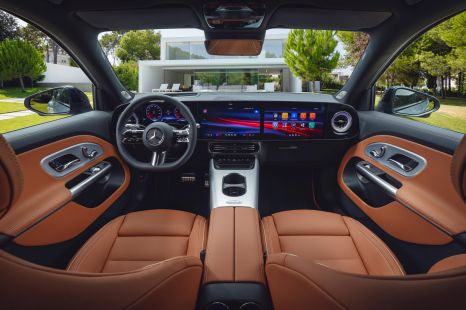

Marton Pettendy
2026 Mercedes-Benz GLB interior revealed before its debut next month
1 Day Ago
The mid-range Outlander is arguably the sweet spot, though it could still improve in a number of areas given the segment's stiff competition.
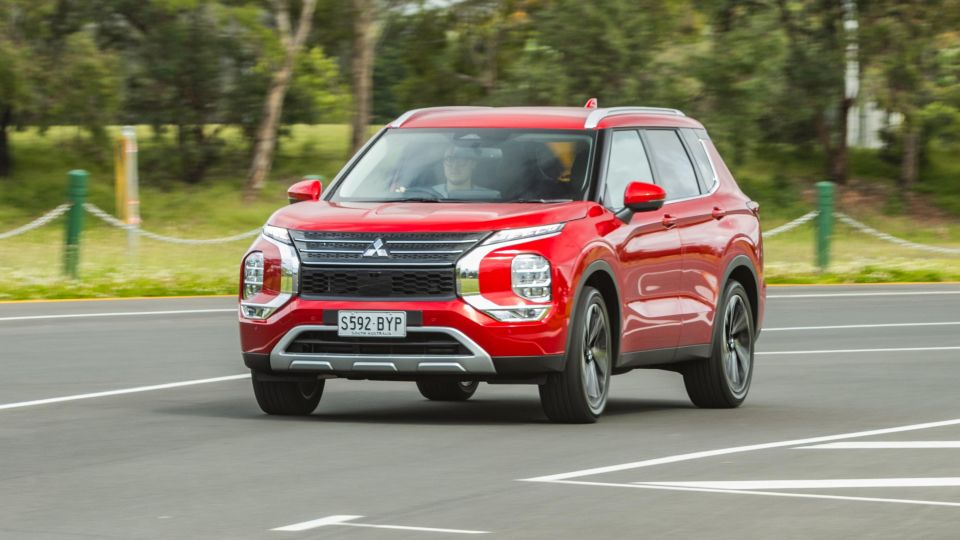
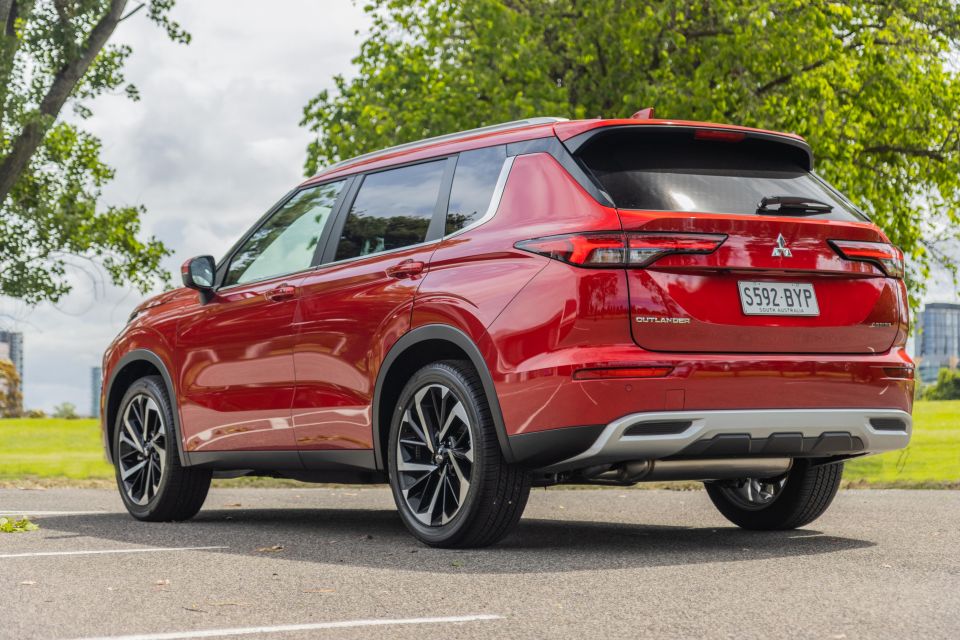

Marketplace Editor
New from
$29,990
excl. on-roads

Marketplace Editor
New from
$29,990
excl. on-roads


Marketplace Editor
New from
$29,990
excl. on-roads

Marketplace Editor
New from
$29,990
excl. on-roads
Quickly see how this car stacks up against its competition. Select any benchmark to see more details.
Where expert car reviews meet expert car buying – CarExpert gives you trusted advice, personalised service and real savings on your next new car.
The Mitsubishi Outlander is a nameplate synonymous with fuss-free, family-friendly motoring.
For three of its now four generations, the Outlander has been one of the few vehicles in its class to offer three rows of seating, appealing to budget-conscious families that may need a sixth and seventh seat on occasion. It’s also long been one of the sharper-priced options in the segment.
Now, Mitsubishi’s big-medium SUV is moving a little upmarket, with distinctive exterior design and a much more premium cabin that aims to rid the nameplate of its budget or whitegoods-on-wheels reputation. Personally, I think the fourth-gen Outlander looks fantastic inside and out.
We’ve had the high-spec Exceed and Exceed Tourer models through the CarExpert garage already, so now we’re looking at the mid-spec 2022 Mitsubishi Outlander Aspire with optional all-wheel drive (AWD). Is this the pick of the bunch?
The range opens at $34,390 plus on-road costs for the base ES FWD five-seater, though the Aspire AWD we have on test asks for $43,990 before on-roads. At the time of writing, Mitsubishi Australia is advertising this grade from $47,990 drive-away on its website.
It’s three down from the top of the tree, sitting below the AWD-only Exceed and Exceed Tourer luxury grades.
2022 Mitsubishi Outlander pricing:
All prices exclude on-road costs, and all models are seven-seaters unless otherwise specified

Being in the low to mid-$40,000 bracket, the Outlander lines up against a number of mid- and high-spec medium SUV rivals, though only a handful can match the Mitsubishi’s available three rows of seating.
Key rivals include:
All prices exclude on-road costs unless specified (D/A)
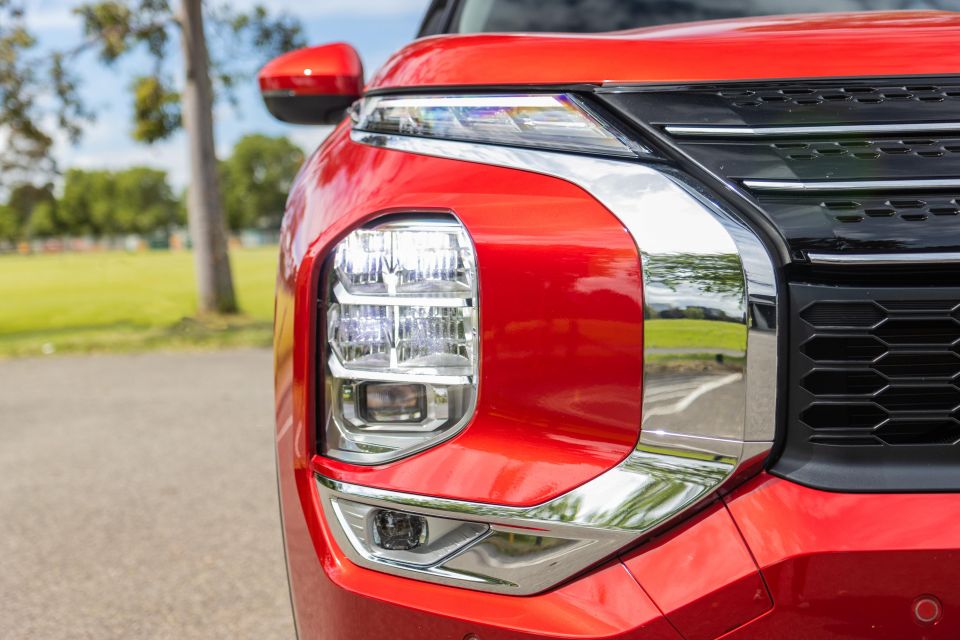
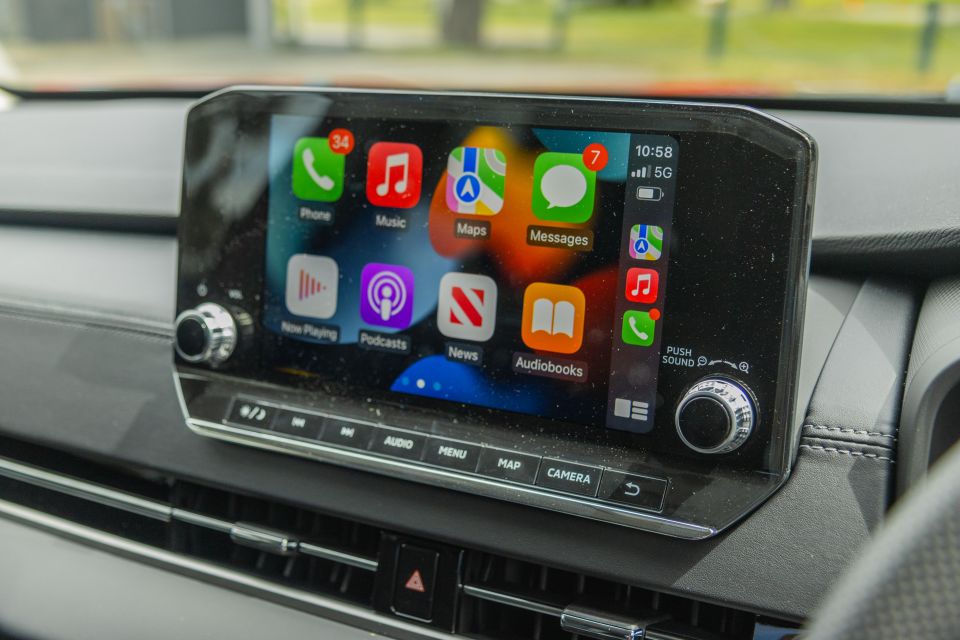
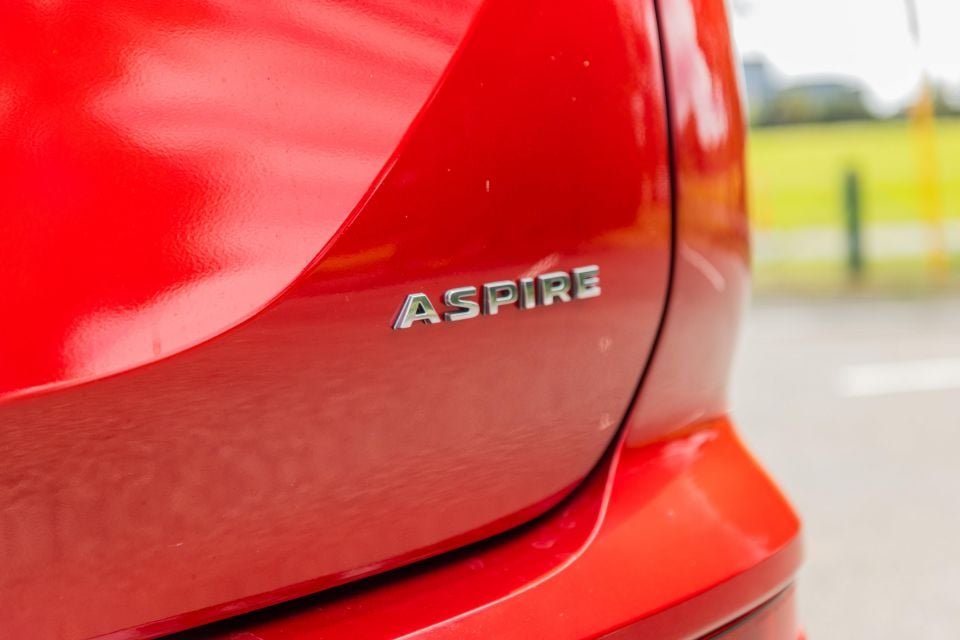
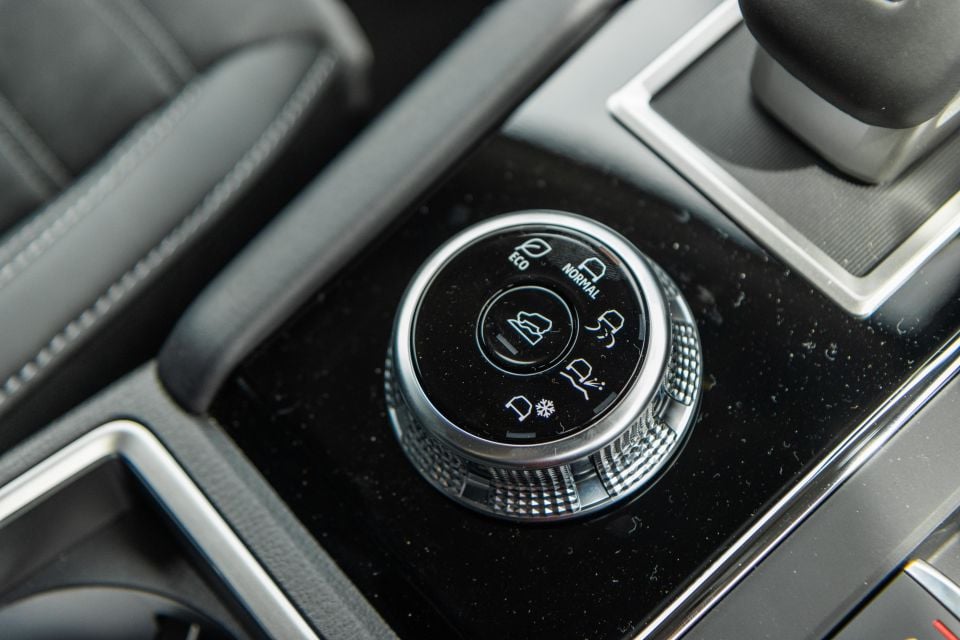
Buy your new car without the stress. It's fast, simple and completely free.

Great service from Travis and team, second time I have used this business would not hesitate to recommend them to anyone
Craig C.
Purchased a Ford Ranger in Sunshine Coast, QLD
CarExpert helped Craig save thousands on his Ford Ranger, now let us save you on your next new car.
Find a dealOutlander Aspire highlights:
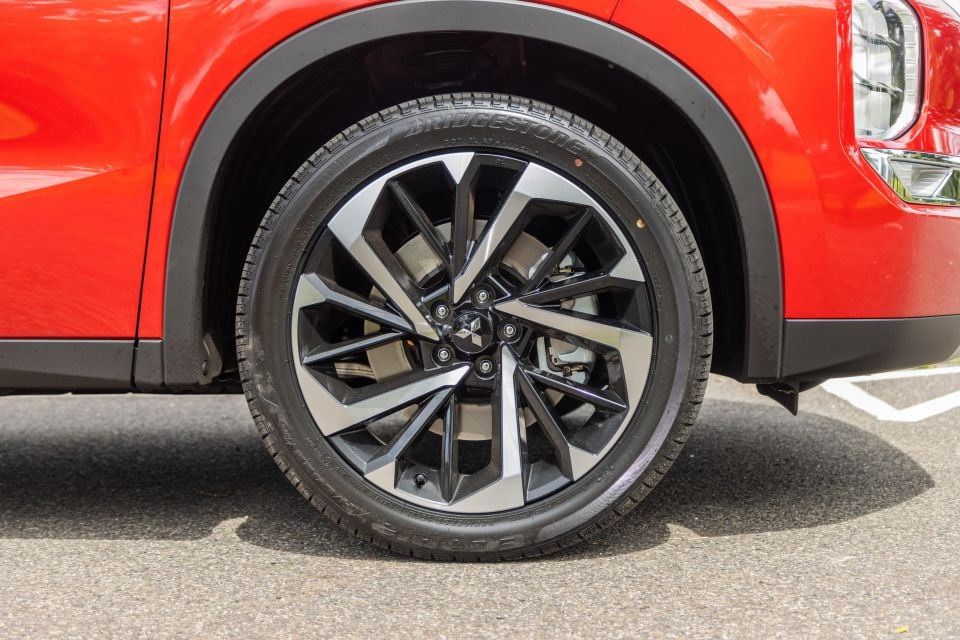
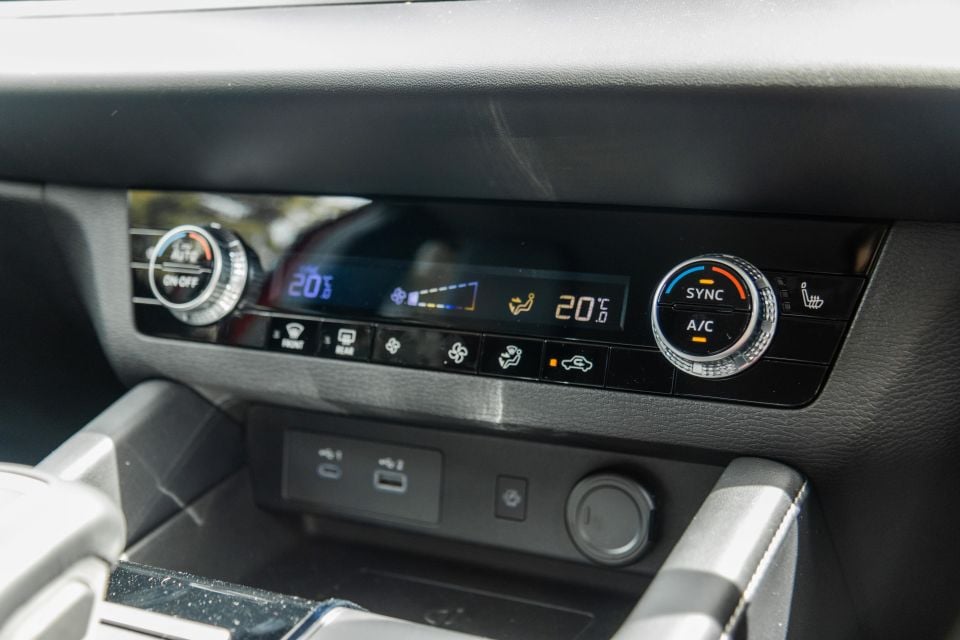
That’s on top of the standard kit from ES and LS grades:
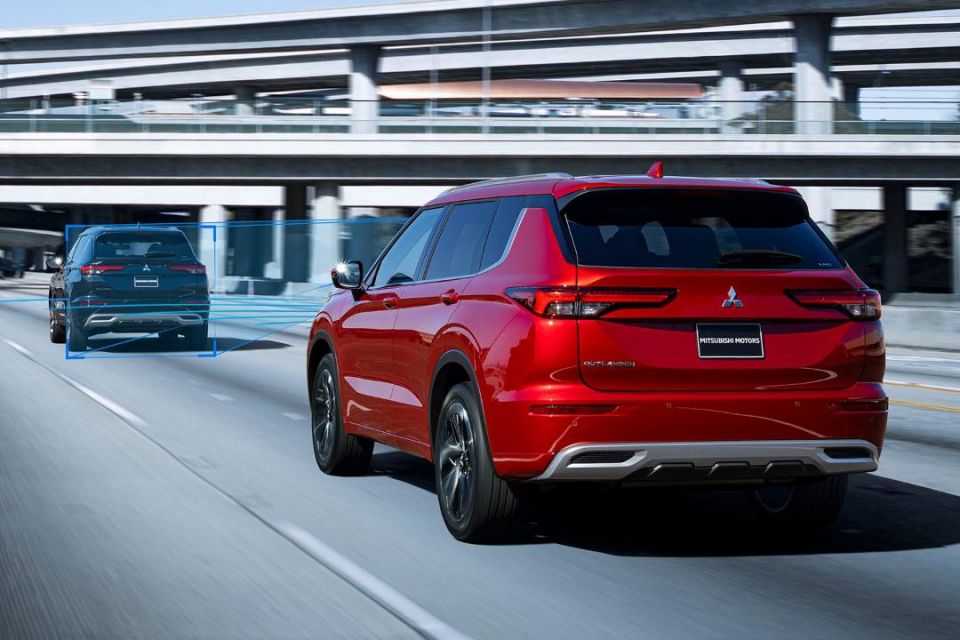
The 2022 Mitsubishi Outlander hasn’t been crash tested by ANCAP yet, and therefore doesn’t have an official crash rating. We expect that to change in the coming months.
All Outlander variants come with:
Moving to the LS gets you rear cross-traffic alert and AEB in reverse.
All models also feature front, front-centre, and front-side airbags, a driver’s knee airbag, and curtain airbags across the first and second rows.

Perhaps even more significant than the exterior redesign is the overhaul of the interior, which does away with the previous generation’s frankly dated and uninspiring design with a much cleaner and more upmarket cabin.
There’s a simplified layout with clean lines and fewer buttons, more in line with what’s in style with other brands and segments – especially when it comes to infotainment and displays.
Aspire models and up get a swish new 12.3-inch digital instrument cluster, while all grades in Australia score a 9.0-inch floating tablet-style central touchscreen with wireless Apple CarPlay (and wired Android Auto).

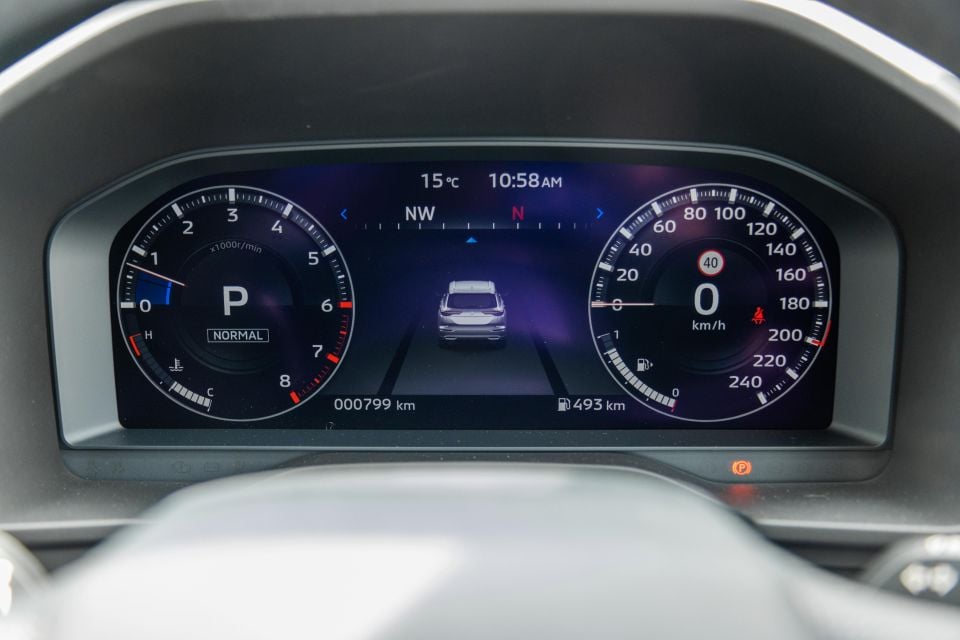
The new display runs a similar interface to the latest systems in Nissan products – largely because it’s basically the same setup – and while it’s not necessarily a leader in the infotainment space, it at least brings the Outlander into contention with rival models and systems.
We found wireless Apple CarPlay to work seamlessly, aided by a wireless charging pad and reasonable response times.
The digital driver cluster doesn’t have a huge amount of customisation, though it’s high-resolution and pretty smooth with the refresh rate, so it feels pretty high-end given the price point.
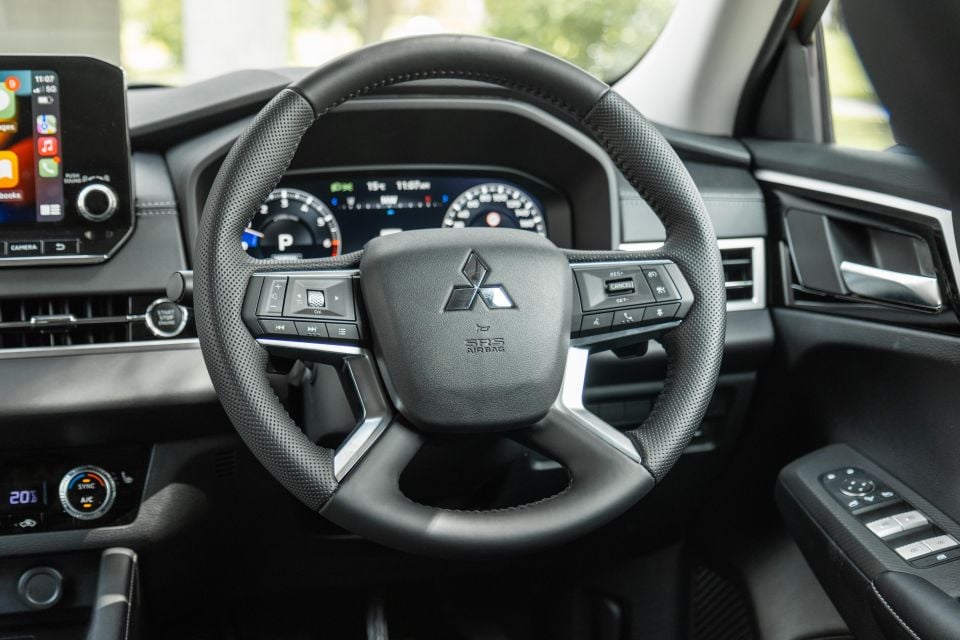
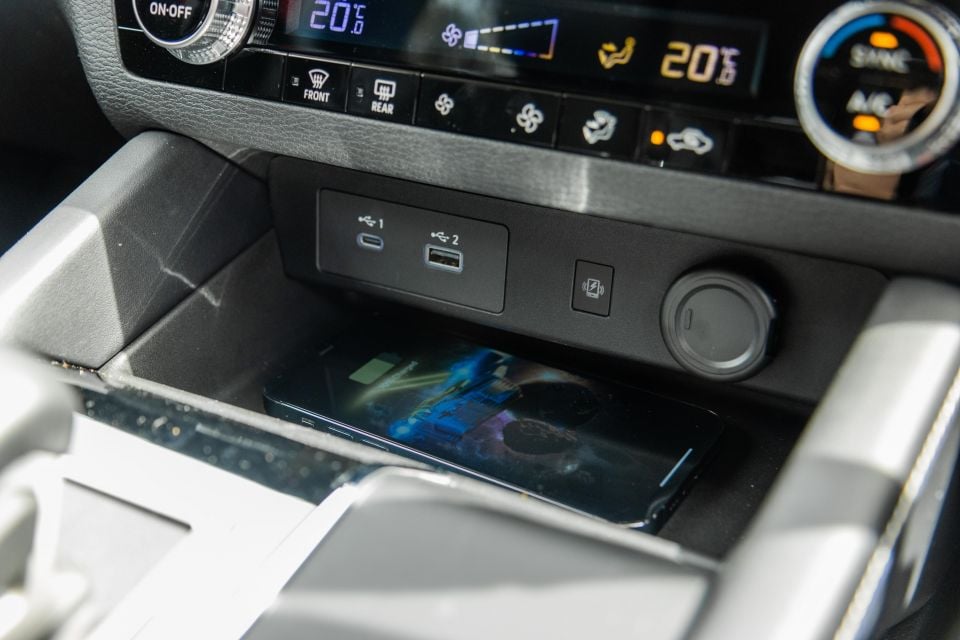
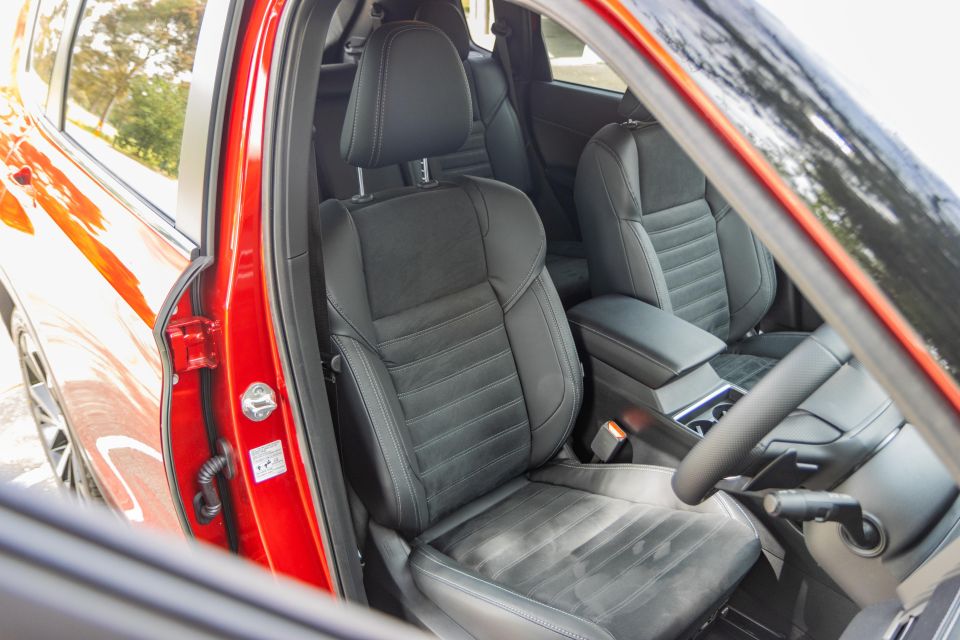

Material quality has taken a massive step forward, too, with a good mix of padded, soft-touch surfaces dotted throughout the high and mid tiers of the cabin, adding to the comfy, well-bolstered front seats.
The knurled rotary dials and well-damped switchgear help to raise the ambience too. It’s a big jump from the previous-gen Mitsubishi interiors that you’ll find in the ASX and Eclipse Cross.
Storage is good too, with a phone-shaped slot (including wireless charger) that fits even my iPhone 13 Pro Max, decent-sized bottle holders in the doors, large cupholders and a large cubby under the front-centre armrest.
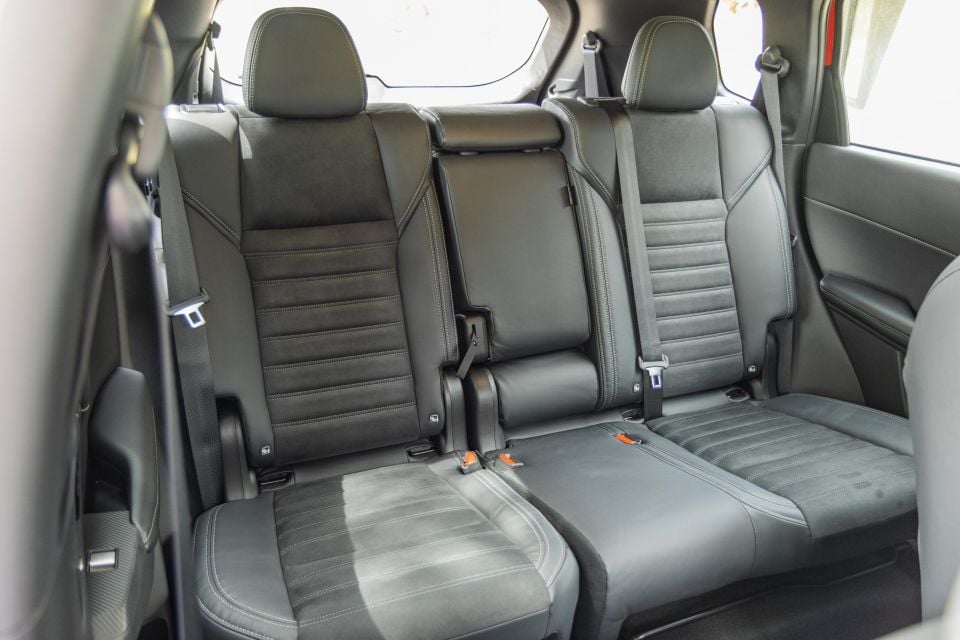
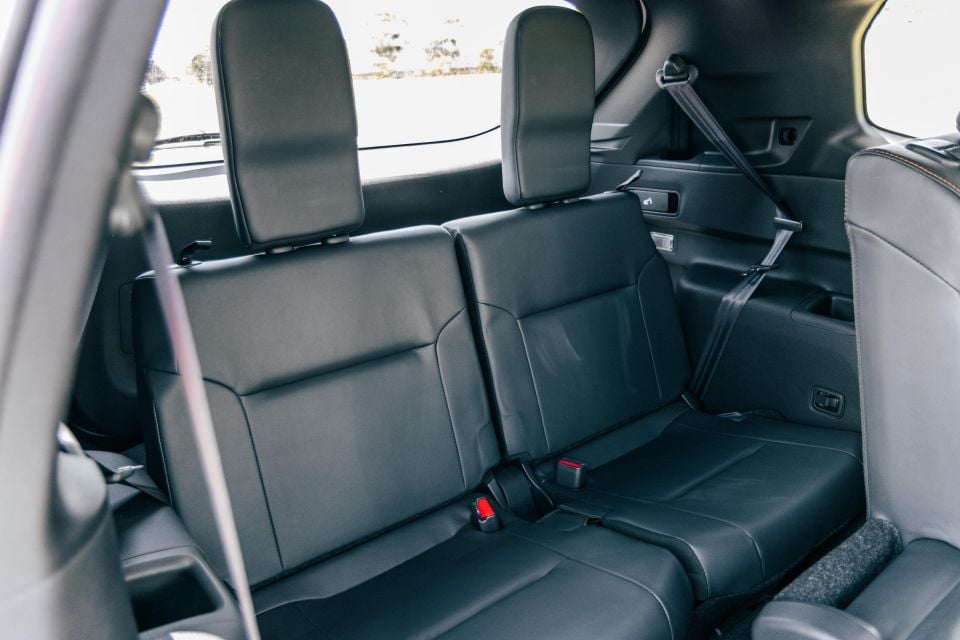
The Outlander’s second row continues to be one of the largest in the class, with more than enough head- and legroom for above-average-sized adults. Four will fit in comfort, three at a pinch, with ISOFIX anchor points on the outboard positions and top-tether points for all three rear seats.
While Aspire variants and below lack the third zone of climate control found in the Exceed and Exceed Tourer, there are still vents in the rear to keep rear passengers ventilated, and the seats slide, recline and split 40:20:40. The back of the middle seat features cupholders and doubles up as a fold-down armrest.
In the third row, you’ll be lucky to fit anyone of adult proportions, even those of smaller stature. It’s best left for small kids with limited head-, knee- and toe-room, and the backrest sits quite upright.
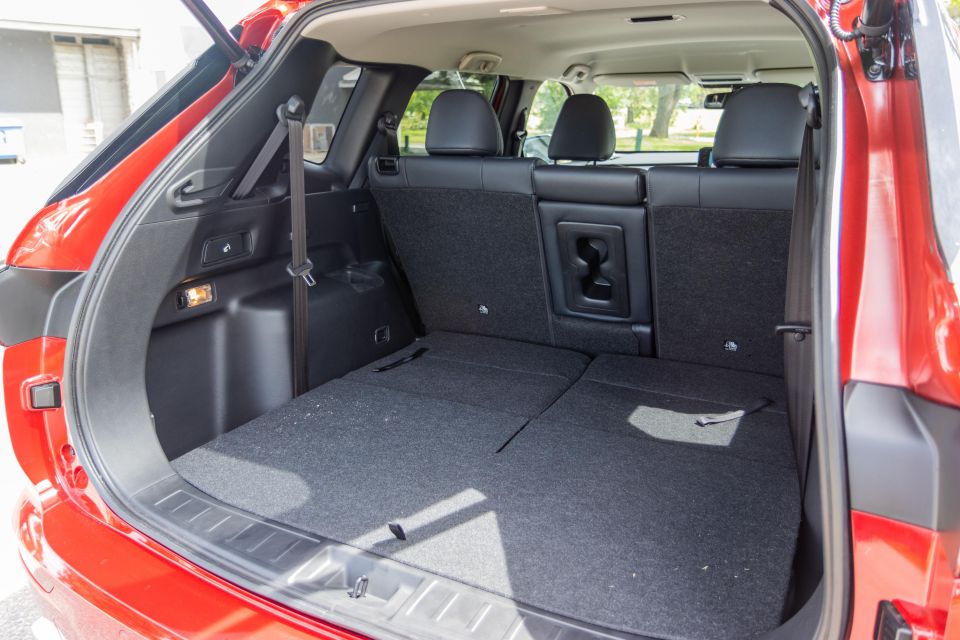
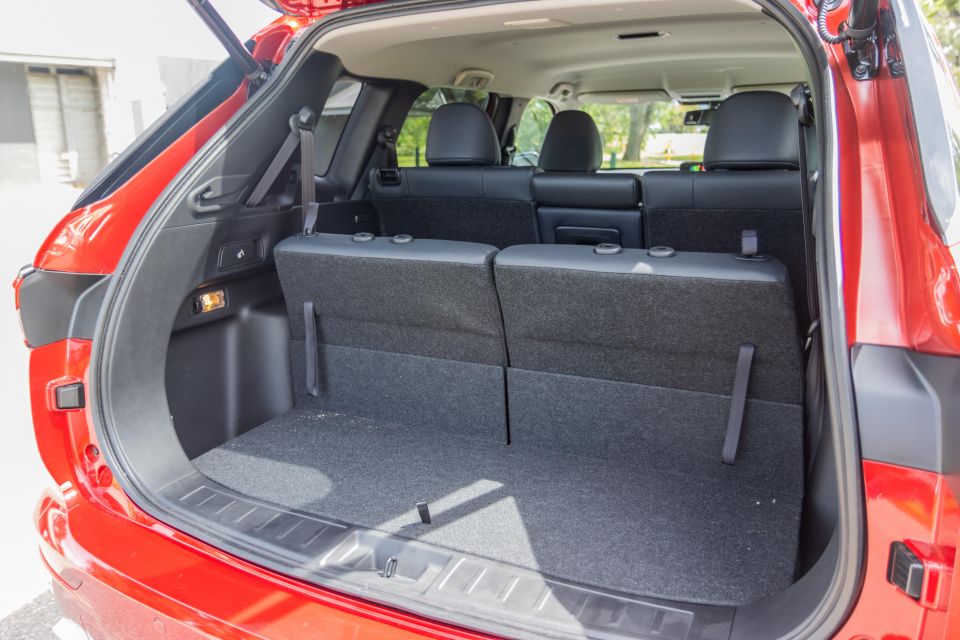
As for luggage capacity, Mitsubishi quotes 163L with the third row in place, 478L with the third row folded, and 1473L with the second and third rows folded.
It’s worth noting the five-seat and seven-seat figures are measured to the top of the second- and third-row seatbacks respectively, while the two-seat figure is measured to the roof.
The third-row headrests reside in an underfloor storage cubby when not in use, and there’s a space-saver spare wheel underneath the rear of the vehicle too.
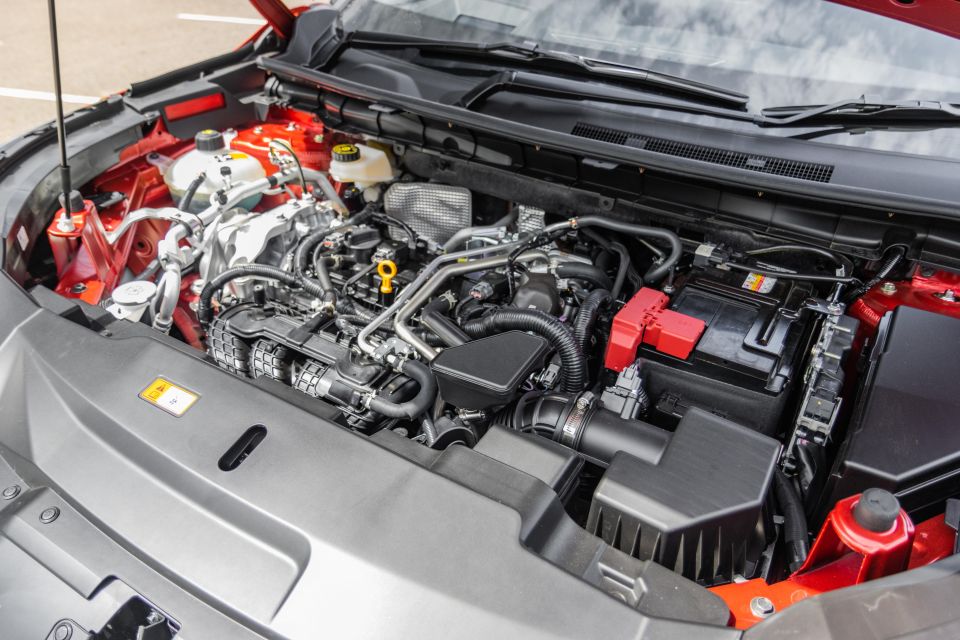
Petrol-only versions of the Outlander all run a 2.5-litre naturally-aspirated four-cylinder petrol engine, which will be shared with the upcoming new-generation Nissan X-Trail with which the Outlander shares the bulk of its underpinnings and various other components.
Outputs are quoted at 135kW (6000rpm) and 245Nm (3600rpm), and the engine is teamed with a CVT automatic as standard, which features eight programmed ‘steps’ to mimic an eight-speed conventional auto.
Front-wheel drive is standard on ES, LS and Aspire grades, with Mitsubishi’s Super All-Wheel Control (SAWC) variable all-wheel drive system optional on these variants and standard on Exceed and Exceed Tourer grades.
The vehicle we have on test features all-wheel drive, with selectable modes accessed by a chunky rotary dial: Tarmac (sports mode, with a sharpened drivetrain feel), Gravel, Snow, Mud, Eco, and Normal, aka default.
Mitsubishi claims the Outlander Aspire AWD will use 8.1L/100km on the combined cycle, with 91 RON regular unleaded the minimum octane rating for the vehicle’s 55L fuel tank.

The Outlander has never really put the ‘Sport’ in ‘Sports Utility’, and this latest iteration doesn’t change that. However, it offers a big-car feel on the road and is much more refined than its predecessor.
Despite the average outputs on paper given the Aspire AWD’s 1725kg kerb mass, the atmo petrol and CVT combination do a decent job of delivering smooth progress without blowing your socks off. This is a car that is best driven sedately.
Hammer it and the CVT will flare revs, though there’s enough insulation that even under full throttle the engine is rarely ever ‘loud’. It does, though, lack the low-down shove of turbocharged rivals that are becoming increasingly prevalent in the medium segment and also for similar money to the vehicle on test.
In terms of the ride and handling, there’s an interesting combination at play. The steering is light and the handling a little lofty, but the ride compliance is a little taut and busy over smaller imperfections.
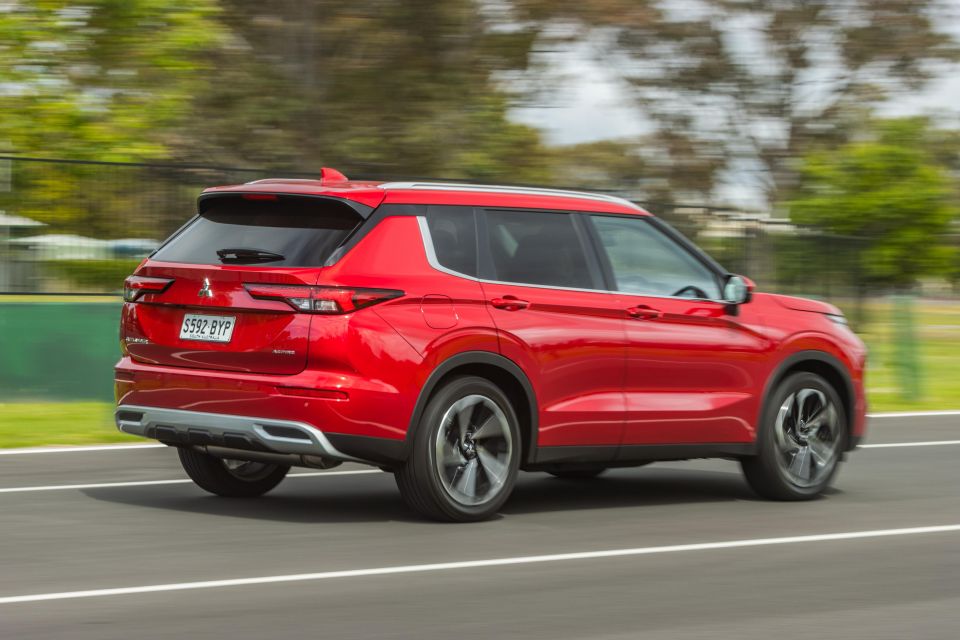
The Outlander settles as the speed climbs, and impresses with its general refinement relative to the segment, though the 20-inch wheels of Aspire models and up don’t offer the cushy ride that the rest of the dynamics might lead you to expect. Further, there have been mixed reviews from the wider CarExpert team.
Personally, I didn’t mind the overall feel, but I can understand why some may find the low-speed urban ride a little jittery.
Beyond that, though, I was impressed with the Outlander’s overall experience down to its predictable steering and body control, inspiring confidence whether you’re tackling B-roads or carparks, as well as refinement on the move. This definitely feels like a massive step forward compared to the previous-gen model.
The Outlander’s driver assist suite may be significantly more advanced than before, but I found some features to be lacking given the 2021 launch timing.
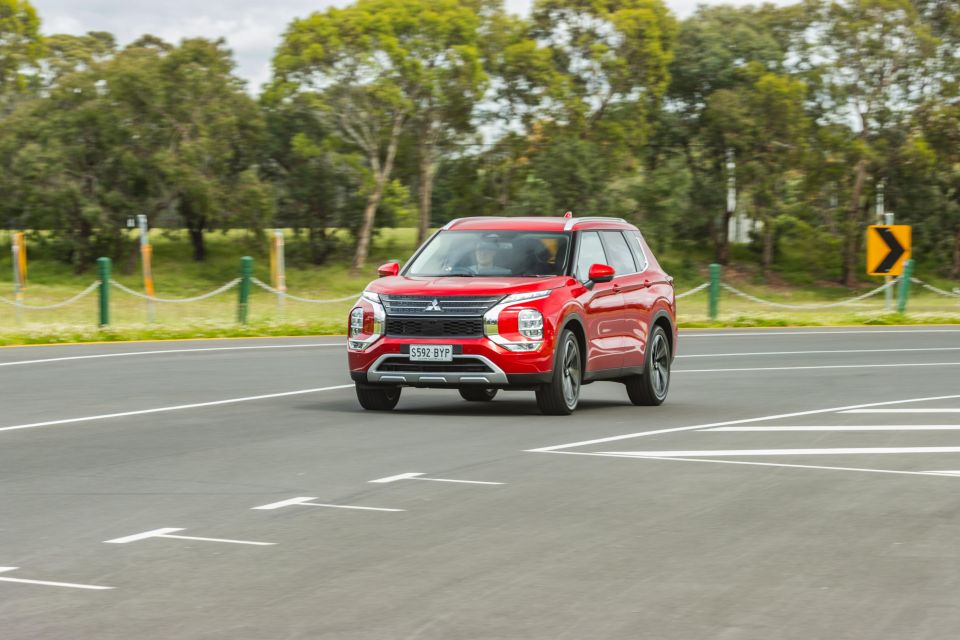
Where expert car reviews meet expert car buying – CarExpert gives you trusted advice, personalised service and real savings on your next new car.
Namely, there’s no semi-autonomous highway driving mode like you’ll find in many rivals, but the lane-keep assist is so lax that you could basically drift into the next lane with minimal assistance. Sure, you can argue that this is fixed by paying 100 per cent attention 100 per cent of the time, but given the Outlander is popular amongst parents with crying babies, having that safety net can be the difference between a last-minute re-centre or a dangerous accident.
Otherwise the adaptive cruise and blind-spot monitoring systems are helpful inclusions, and are useful in day-to-day driving. The clear 360-degree camera and front/rear parking sensors likewise make manoeuvring this 4710mm-long and 1852mm-wide family SUV that little bit easier.
The added surety of all-wheel drive in the case of our test car also inspires that extra confidence in poor weather conditions or over loose surfaces, with Mitsubishi’s trick S-AWC system that uses torque vectoring via braking to help improve handling and enhance the dynamic feel.
A variety of drive modes are accessible via the rotary dial on the centre tunnel, including Normal, Eco, Tarmac (Sport), Gravel, Snow and Mud – all tailoring the driveline to suit the conditions.
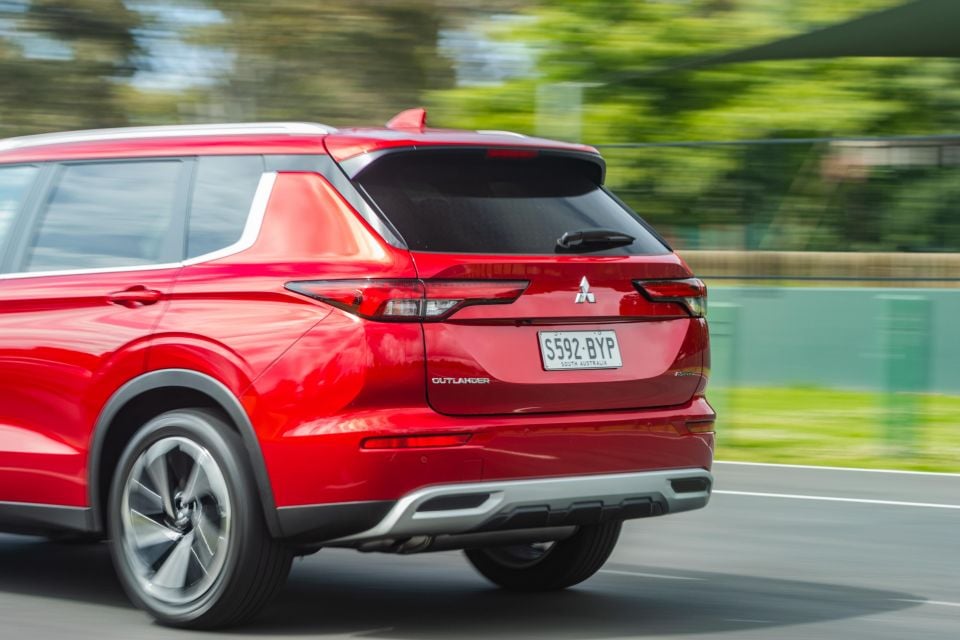
The Outlander has a five-year/100,000km warranty as standard, but it’s extended to 10 years and 200,000km if you service in the Mitsubishi dealer network using its capped-price service program.
Scheduled maintenance, meanwhile, is required every 12 months or 15,000km – whichever comes first.
The first five visits at currents rates will each set you back a quoted $199 a pop, the sixth service (at six years or 90,000km) spikes to $499, before the seventh reverts to $199, then the eighth is again $499, the ninth $199, and the tenth due at 150,000km or a decade is $799.
As for real-world fuel consumption, we saw an indicated 8.5L/100km over 377km during our week of testing. With a good mix of highway and urban use, we weren’t far off Mitsubishi’s 8.1L/100km official claim.
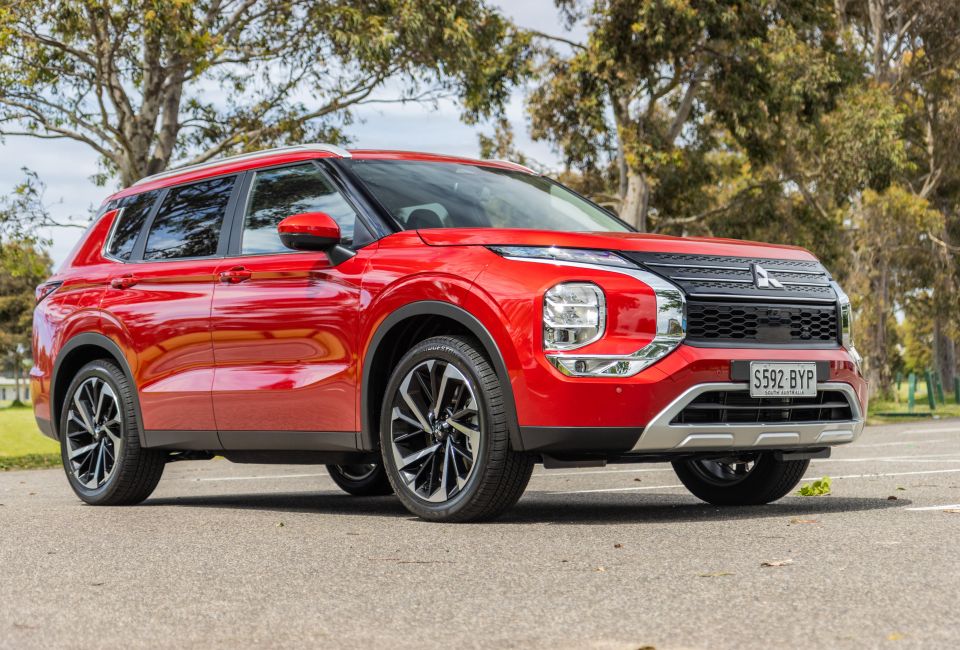
There’s no denying the new Outlander’s massive progress from its predecessor. It’s bigger and better in just about every way.
It also retains its rather unique selling point of being a 5+2 seater (as Mitsubishi accurately describes it), one of only a handful in the medium SUV class.
From a design and technology perspective, it’s a step above the likes of the current Nissan X-Trail and the Honda CR-V, though if you don’t need the occasional-use third row you’re likely just as well-served by something like the Hyundai Tucson or Kia Sportage.

Further, the 2.5-litre naturally-aspirated petrol and CVT powertrain are adequate at best, though keep in mind Mitsubishi is planning to launch a new Outlander PHEV within months – offering the same seven-seat practicality as the petrol with an impressive 83-87km zero-emissions driving range on the WLTP cycle.
The added torque of the electric drive system will improve the Outlander’s low-down response, especially with the family and their luggage on board, and fuel consumption should see a marked improvement provided you charge the batteries regularly. We’re yet to see pricing though, and the Eclipse Cross Plug-in Hybrid EV shows that Mitsubishi could charge a hefty $10,000-$15,000 premium for the electrified versions.
We’d argue the Aspire is the sweet spot in the range, though the $4000 jump to the Exceed brings desirable upgrades such as a panoramic sunroof, tri-zone climate control, Bose premium audio and memory settings for the front seats that all bring real-world benefits – it’s really up to how much you need said items.
Overall, the mid-spec Outlander balances value and practicality nicely, and certainly deserves a look if you’re looking for something a little bigger that isn’t a pain to drive in town.
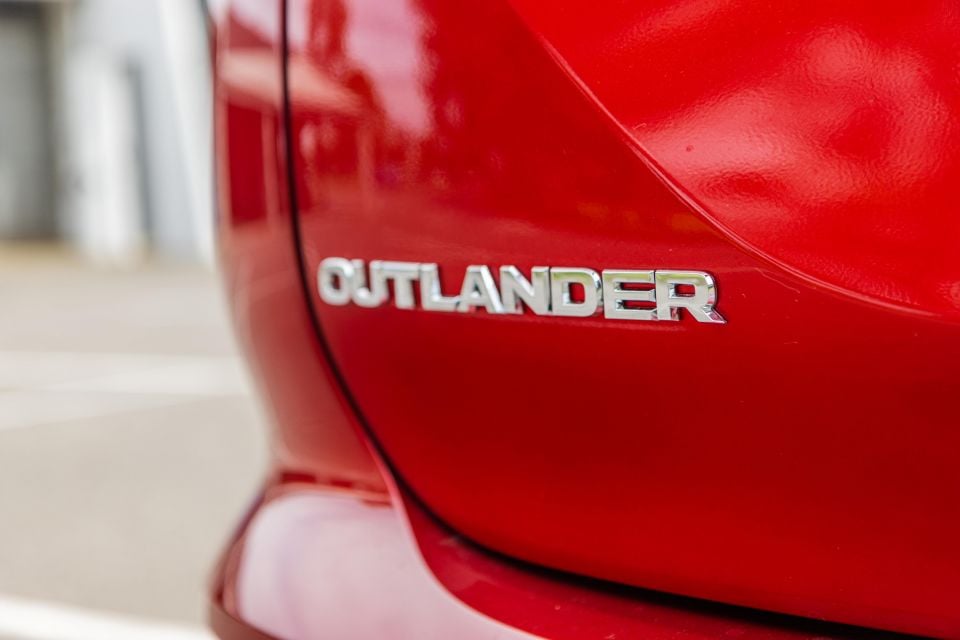
Click the images for the full gallery
Where expert car reviews meet expert car buying – CarExpert gives you trusted advice, personalised service and real savings on your next new car.
Discover and compare similar models
James Wong is an automotive journalist and former PR consultant, recognised among Australia’s most prolific motoring writers.


Marton Pettendy
1 Day Ago
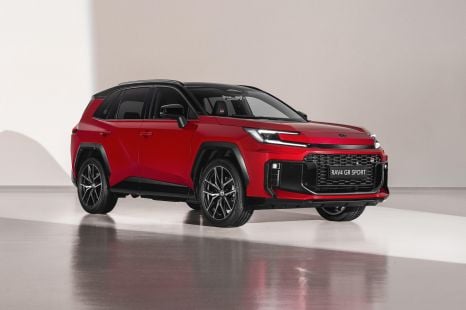

Damion Smy
2 Days Ago


Damion Smy
2 Days Ago
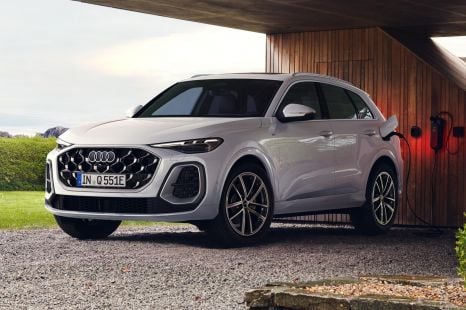

James Wong
2 Days Ago


Derek Fung
2 Days Ago
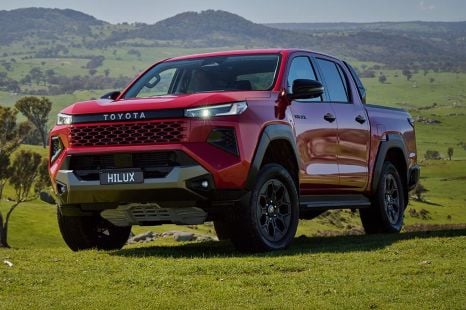

Damion Smy
3 Days Ago